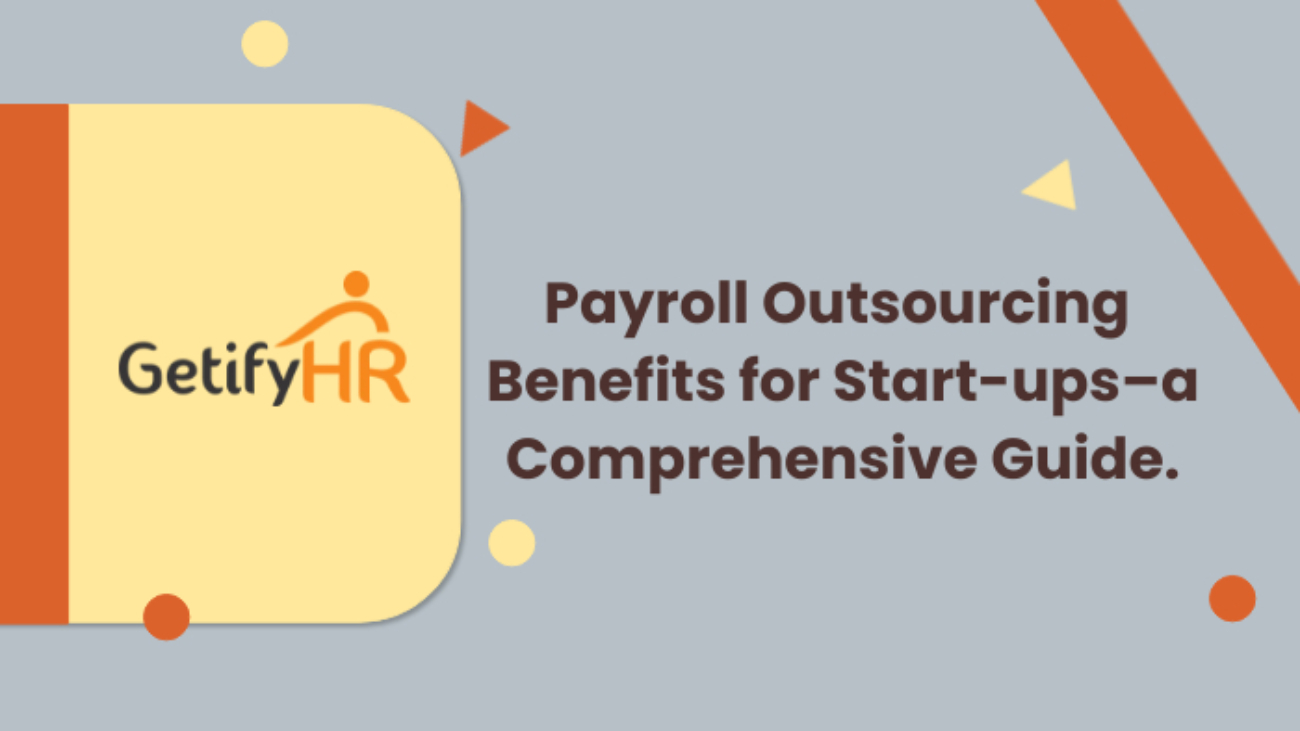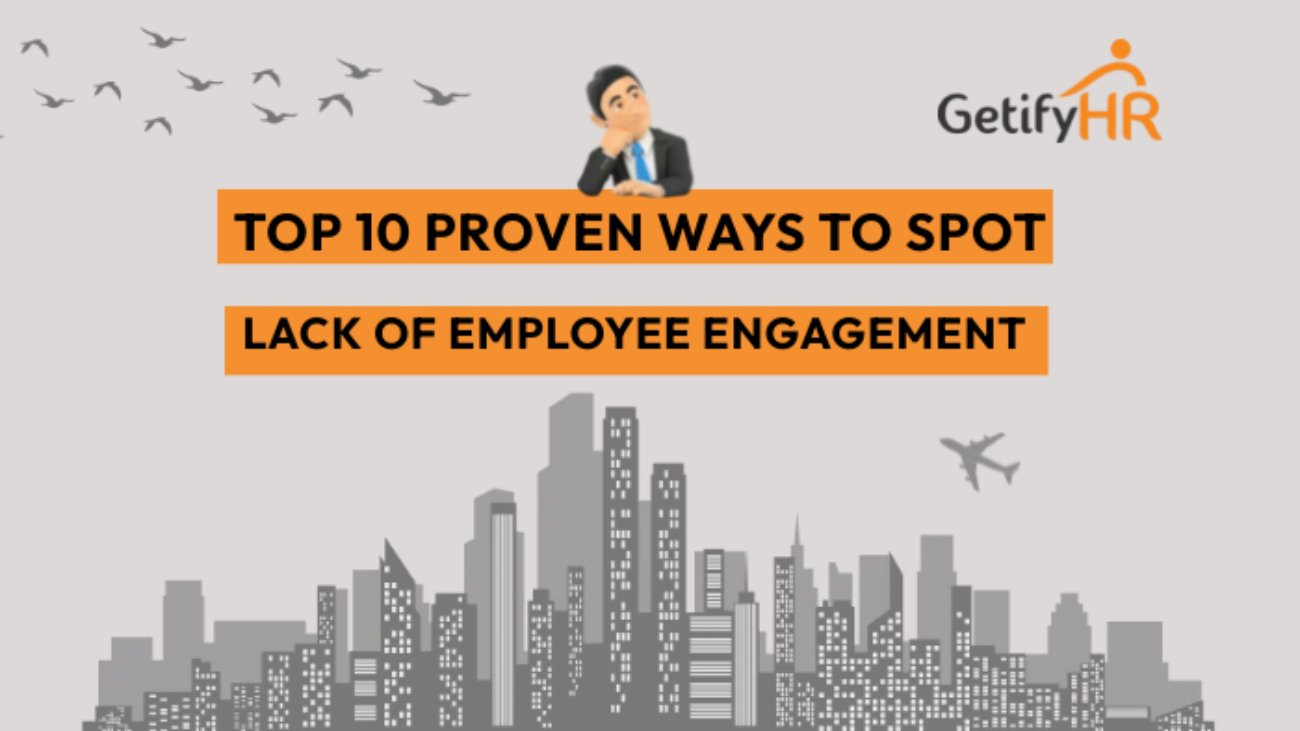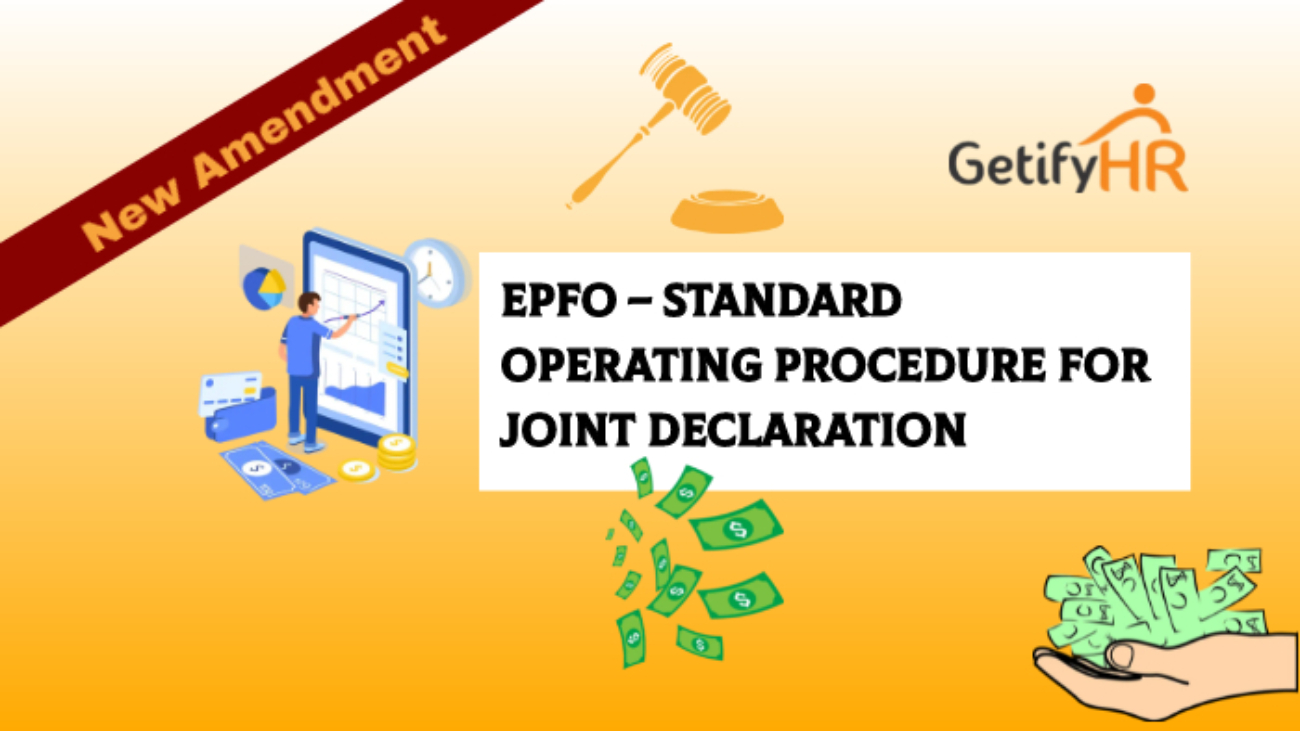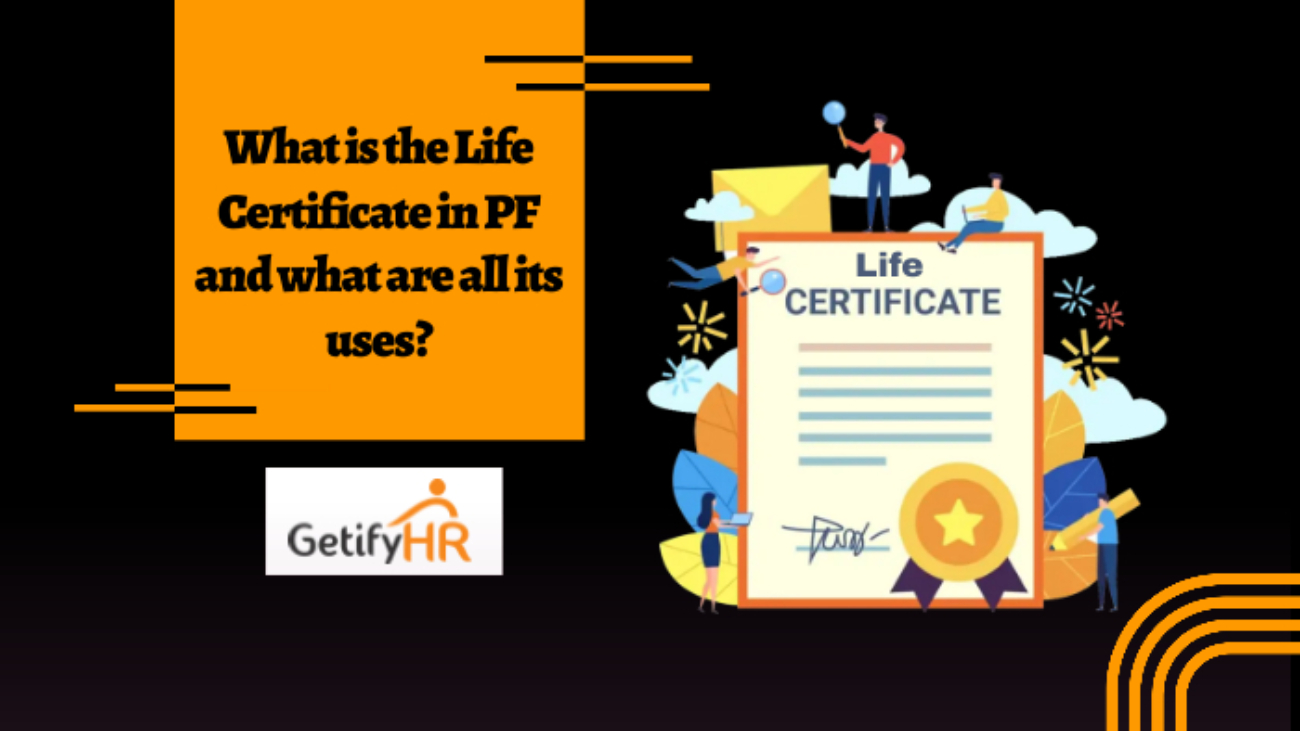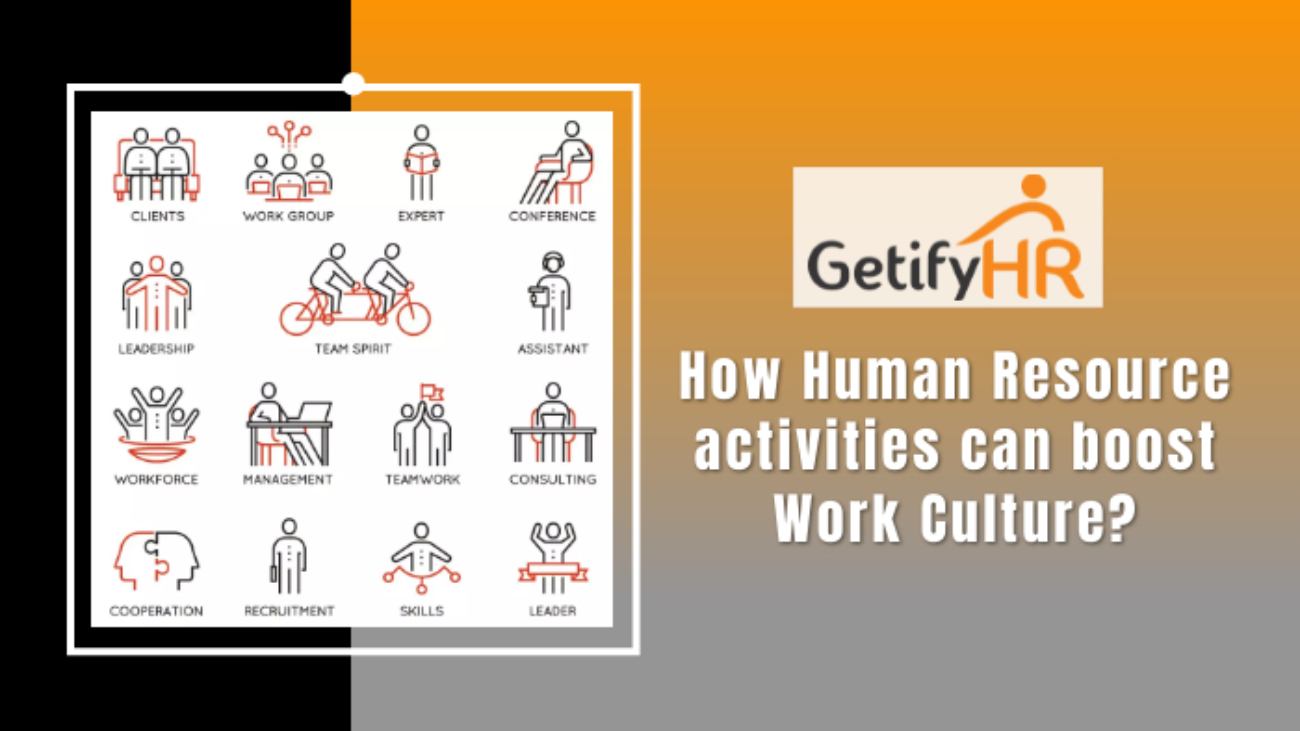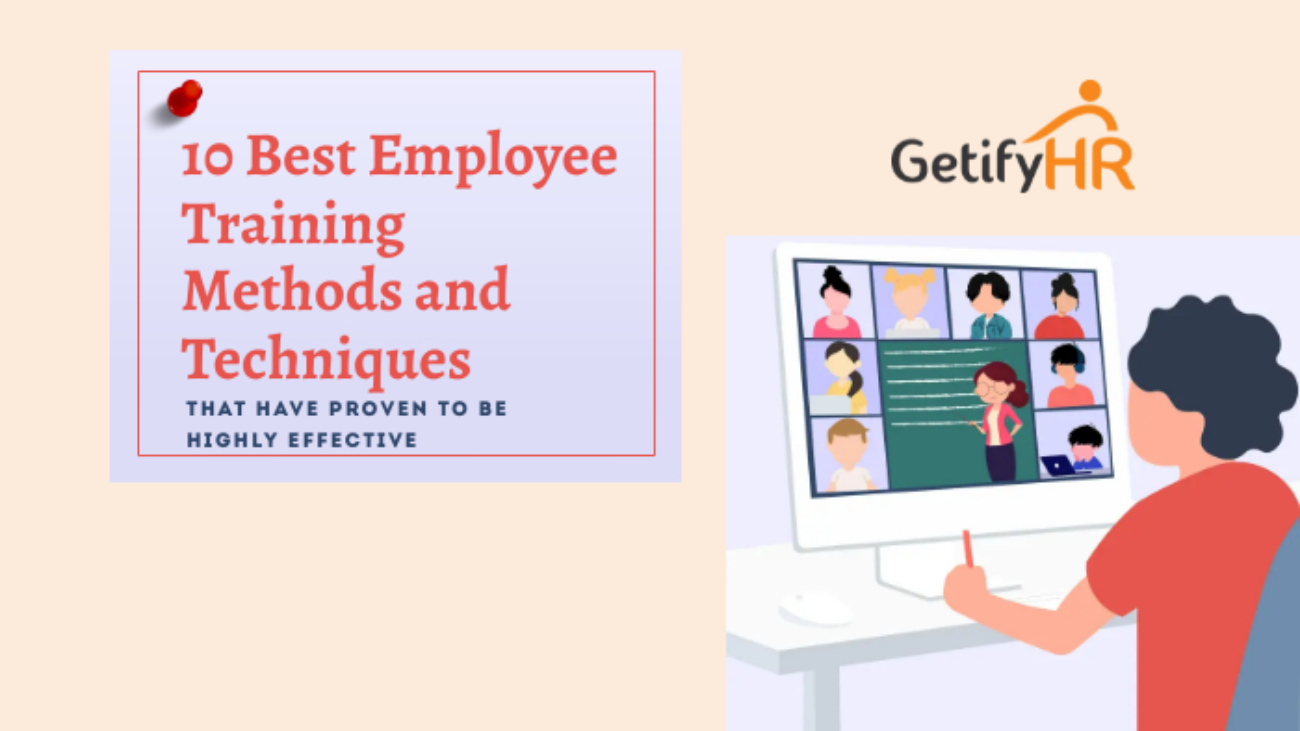India today is the fifth largest economy and is poised to be the third largest economy in the next few years. This economic growth provides huge opportunities for entrepreneurs and businesses. This is a land that has a large number of highly skilled workforce with abundant resources and boasts of having the largest youth workforce in the world.
This is the best impetus to start a business, however, starting a business in India is a daunting ask, especially if you are unfamiliar with the various corporate structures available. Whatever the Corporate Structure one chooses, a well-defined code of conduct has to be chalked out if one desires to achieve success in this competitive business world. In this article, we will discuss the various corporate structures available in India and delve into the role of HR in this fast-paced growth phase where proper planning and execution is the key to success.
Corporate Structure in India
1. Sole Proprietorship
- The Sole Proprietorship is the simplest and most common business structure in India. This is a corporate structure where one single individual owns, manages and controls the organization.
- In a Sole Proprietorship firm the single owner enjoys the entire profit and on the other hand, has to bear the risks or losses of the firm.
- The sole proprietor invests the entire capital of the business and may raise additional funds through borrowings.
- From the legal angle, the sole proprietor and the business are the same.
- Sole proprietorship firms have fewer legal formalities.
- This business structure is suitable for businesses that are involved in the manufacturing of goods that require manual skills like tailoring, jewellery making, etc.
This business structure is suitable for small businesses and localized in markets that are limited and where the customer gives importance to personal attention. The liability of the firm is borne entirely by the sole proprietor.
2. Partnership Firm
A Partnership Firm is a business entered into by two or more individuals who are governed by a ‘Partnership Deed’ that outlines the rights and obligations of each partner. The Partnership is registered under the Partnership Act, of 1932.
- To start a Partnership Firm, a minimum of 2 individuals are required.
- The Partners share the profits in the ratio as agreed to in the Partnership Deed.
- The Partners have unlimited liability.
- The law considers the partners and the Firm as a single entity.
- Raising funds for the firm is easier wxhen compared with sole proprietorship.
This type of corporate structure is suitable for businesses like retail and wholesale trade, manufacturing units, professional services, etc.
3. Limited Liability Partnership (LLP)
Limited Liability Partnership (LLP) is a firm incorporated under the Limited Liability Partnership Act, of 2008. Unlike as in a Partnership firm, partners in a LLP are not subject to unlimited liabilities caused by the business. The responsibility of Partners towards losses or debts is limited to the investment made by each partner, and the partners are considered as separate legal entities. The individual partners are protected from the liabilities created by the misconduct of one of the partners.
- There is no condition on the minimum amount of Capital Investment to start a LLP.
- There is no limitation on the number of partners in a LLP. Normally there have to be 2 or more partners to start an LLP.
- Starting an LLP is easier when compared to a private company as there are fewer legal requirements.
- The cost of registering an LLP is very low when compared to that of a private company.
- The compliance requirements of a LLP are much less. LLPs are required to submit any two statements, i.e., the Annual Return and Statement of Accounts.
The number of LLPs in India is on the rise and in the FY 2023-24 58,990 companies were incorporated compared to 36,249 incorporated in FY 2022-23.
4. Private Limited Company
A Private Limited Company is a privately owned firm that may issue shares and have shareholders. The company is registered under the Companies Act, of 2013 and is not permitted to trade shares in public exchanges. The liability of the shareholder is limited to the number of shares held by each shareholder. A minimum of 2 shareholders are required to start a Private Limited company and there is a cap of 200 shareholders. 2 directors are required to administer such a company.
- The Private Limited Company is a separate legal entity and has the right to sue and be sued under its name.
- Private Limited Companies enjoy greater borrowing capacity than LLP firms as it has more options in taking on debts. Banks and other Financial Institutions prefer to lend to Private Limited companies rather than to LLP’s or Partnership concerns.
- A Private Limited Company remains unaffected by the death or resignation of any member.
- The Company has complete ownership of its properties and the shareholders cannot lay claim to ownership.
- Any person can be associated with the Private Limited Company as a Director, Shareholder, or Employee at the same time.
The Private Limited Company is required to have and maintain paid-up capital of ₹ 1 lakh as prescribed by the Ministry of Company Affairs (MCA). This amount may vary as per the guidelines of the MCA.
5. Public Limited Company
A Public Limited Company is a business entity registered under the provisions of the Companies Act, 2013, that can issue shares to the public and have unlimited shareholders. This type of corporate structure is best suited for entrepreneurs who are planning large-scale business operations.
A Public Limited Company enjoys all the privileges of a corporate entity with limited liability. It is mandatory for a Public Limited Company to get listed with the stock exchange to raise capital from the general public. This type of corporate structure has to comply with stricter legal restrictions than a Private Limited Company.
- The liability of the shareholder is limited to the shares they own. As a separate legal entity, the Public Limited Company has the right to sue and be sued without involving any shareholder.
- The stocks of the Company can be acquired by anyone either privately through an Initial Public Offering (IPO) or trading on the stock market.
- The minimum Authorised Share Capital of a Public Limited Company is ₹5 Lakhs.
- A minimum of 7 shareholders are required to incorporate a Public Limited Company.
- A minimum of 3 Directors are required to start a Public Limited Company.
- Proper Memorandum of Association (MOA) and Articles of Association (AOA) have to be submitted along with Form DIR-12.
- The death of any member or shareholder does not affect the life span of the Public Limited Company.
- A Public Limited Company can raise the required Capital through the stock market by using debentures and bonds.
Public Limited companies are subject to strict regulations and have to comply with various rules and regulations. They are required to publish their complete financial statement annually.
6. One-Person Company
A One-Person Company is a corporate entity that has only one person as a member. This is a recent addition to the corporate structure with the view to facilitate individuals to own and manage companies alone. In this corporate structure, the shares of the company are owned by one person and it is mandatory to have a nominee for the sole person for registering this type of business.
- Only the owner is responsible to make business decisions and administer the company. This is in variance to the long processes and measures that a few other companies adopt.
- One-person company is eligible to receive all benefits under the Micro, Small, and Medium Enterprises Development Act, 2006.
- One-person company is a small or medium business entity and any delay in payment; they are entitled to receive interest @ thrice the bank rate.
- The corporate structure allows the owner to take higher business risks without any depletion n personal assets.
One-Person Company has to be registered under the Companies Act, 2013.
7. Section 8 Company
Also called as a Non-profit Company, a Section 8 Company can be incorporated under the provision of the Companies Act, 2013 with the status of a Limited Company. The company cannot use the word Limited or Private Limited in its name.
The objective of the Section 8 Company is to promote commerce, arts and science, education, sports, religion, social welfare, research, charity, environment protection, or any other such objectives. The company shall utilize its profits or other income to promote the above objectives and is prohibited from paying any dividends to its members.
- A Section 8 Company can be registered by an individual or by an association of individuals.
- The objectives of the company should be to promote commerce, arts and science, education, sports, religion, social welfare, research, charity, environment protection, or any other such activities.
- The company has to invest all the profits or any other income only in the objectives mentioned above.
- The company is not allowed to pay dividends to its members.
- Being considered a charitable institution, section 8 companies enjoy the benefits of 80G of the IT Act.
- They are exempted from paying stamp Duty on the Memorandum of Articles and Articles of Association.
- A Section 8 Company can be set up without the requirement of having minimum paid-up share capital as in other corporate structures incorporated under the Companies Act, 2013.
- This type of company is registered with limited liability.
- They possess a disinct legal status, therefore, its existence is independent of its members.
- The continuity of a Section 8 Company is not affected by any change in its membership.
- The Section 8 Company has better credibility than other types of corporate structures as they function under a flexible and transparent constitutional framework.
A Section 8 Company has to strictly follow the norms formulated by the Central Government and failure to do so may lead to closure of the company.
8. Joint Venture Company
A Joint Venture is an agreement between two or more parties or companies to cooperate and administer business or achieve a commercial objective. Both parties contribute towards capital mutually and share the profits/losses based on the agreed ratio.
There are two types of Joint Venture companies in India.
1. Equity-based Joint Venture
In this type, the parties agree to establish a new legal entity through a mutual consent agreement. Both parties share the profit/loss and take part in the management of the Venture.
2. Contractual Joint Venture
In this type of Joint Venture, the parties agree to work jointly without creating a separate legal entity. Both parties work together to achieve common goals without creating a new entity. In this type of Joint Venture, neither of the parties will share ownership of the business at the same time may leverage some level of operational control. Both parties are bound by the governing agreement to share the profit/loss. In most cases, it is a foreign company that would get into such an agreement with an Indian Company.
- A Joint Venture is formed by the contribution of 2 or more parties or companies to achieve an objective.
- The parties sign an agreement to contribute mutually to accomplish a particular objective.
- The Joint Venture does not require a particular name as they are shared by two or more parties or companies.
- The Joint Venture agreement is temporary and ends when the project is completed and the desired goal is achieved.
- The Profit or loss is shared in the ratio as agreed to and where no such ratio has been agreed they are shared equally.
- The Co-venturers are free to continue their own business unless agreed otherwise during the life of the Joint venture.
A joint venture is a symbiotic business contract between two or more companies for enhancing marketing, positioning, and client acquisition. Joint Ventures have stood the test of time and have been used across sectors, particularly in high-technology, high capital or high-skill sectors. They are prevalent in sectors like oil and gas, insurance, banking, asset management, infrastructure, and more recently in the defense sector.
Joint Venture Companies are incorporated under the Companies Act, of 2013 and are also regulated by the Competition Act, of 2002, the Foreign Trade Act, of 1992, the Foreign Exchange Management Act, and also come under the purview of SEBI and RBI regulations.
9. Non-Governmental Organizations (NGOs)
Non-Governmental Organizations (NGOs) are entities that are formed to pursue goals and aspirations that relate to the public, social, or political good of the nation or world. They are a not-for-profit organization that focuses on activities to relieve suffering, promote the interests of the poor, environmental protection, provide basic social resources, and undertake community development.
NGOs are registered under the Societies Registration Act of 1860 and have a legal status. They do not form part of the government.
- NGOs have a specific purpose or cause that they support.
- They are voluntary groups created by like-minded people who wish to serve society.
- NGOs are autonomous bodies and enjoy little or no governmental interference.
- Private donations and
- NGOs have a huge role in nation-building, providing aid, and philanthropy.
Funding for the NGOs is from contributions received from various sources and also includes membership dues to government grants. The organization works to influence public policy and advocacy.
The following Associations can sign up as a NGO in India.
- A Trust can register as an NGO as per the Indian Trusts Act, of 1982 if it has one or more trustees.
- A society of people can sign up as an NGO under the Societies Registration Act, of 1860, if its objective is to serve society.
- Any company, club, or association run by professionals can sign up as an NGO by registering under the Companies Act, 2013.
- Any Charitable Trust can sign up as an NGO under the Charitable Endowment Act, of 1920.
- Any statutory body that gives membership to persons on their stature and standing in society.
- Any group, association, or society that works for the upliftment of society.
We have given(GetifyHR) a brief overview of the different corporate structures available in India. Choosing the structure that is suitable for one’s line of business and expertise requires the advice of a qualified lawyer, auditor, or a professional.




